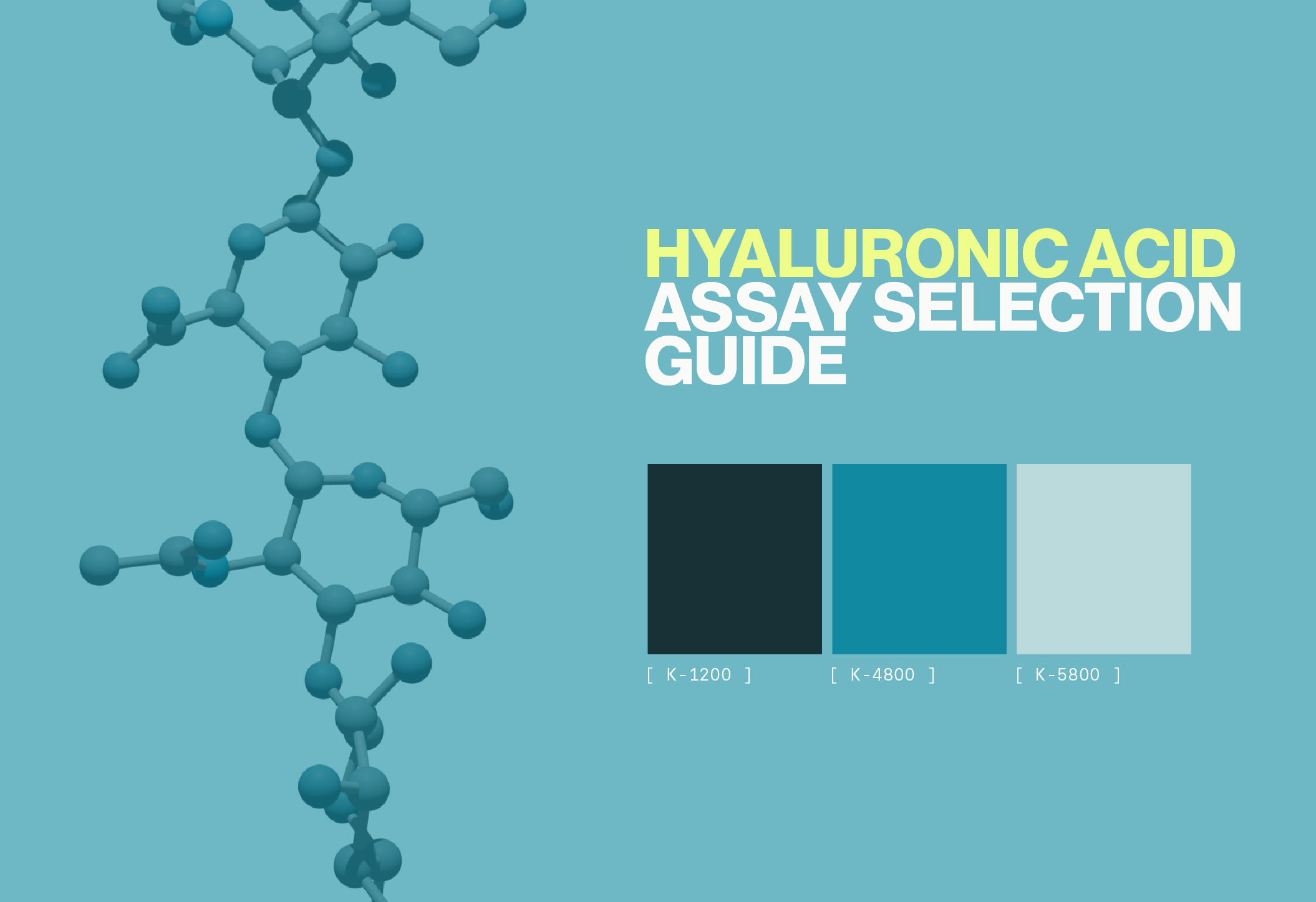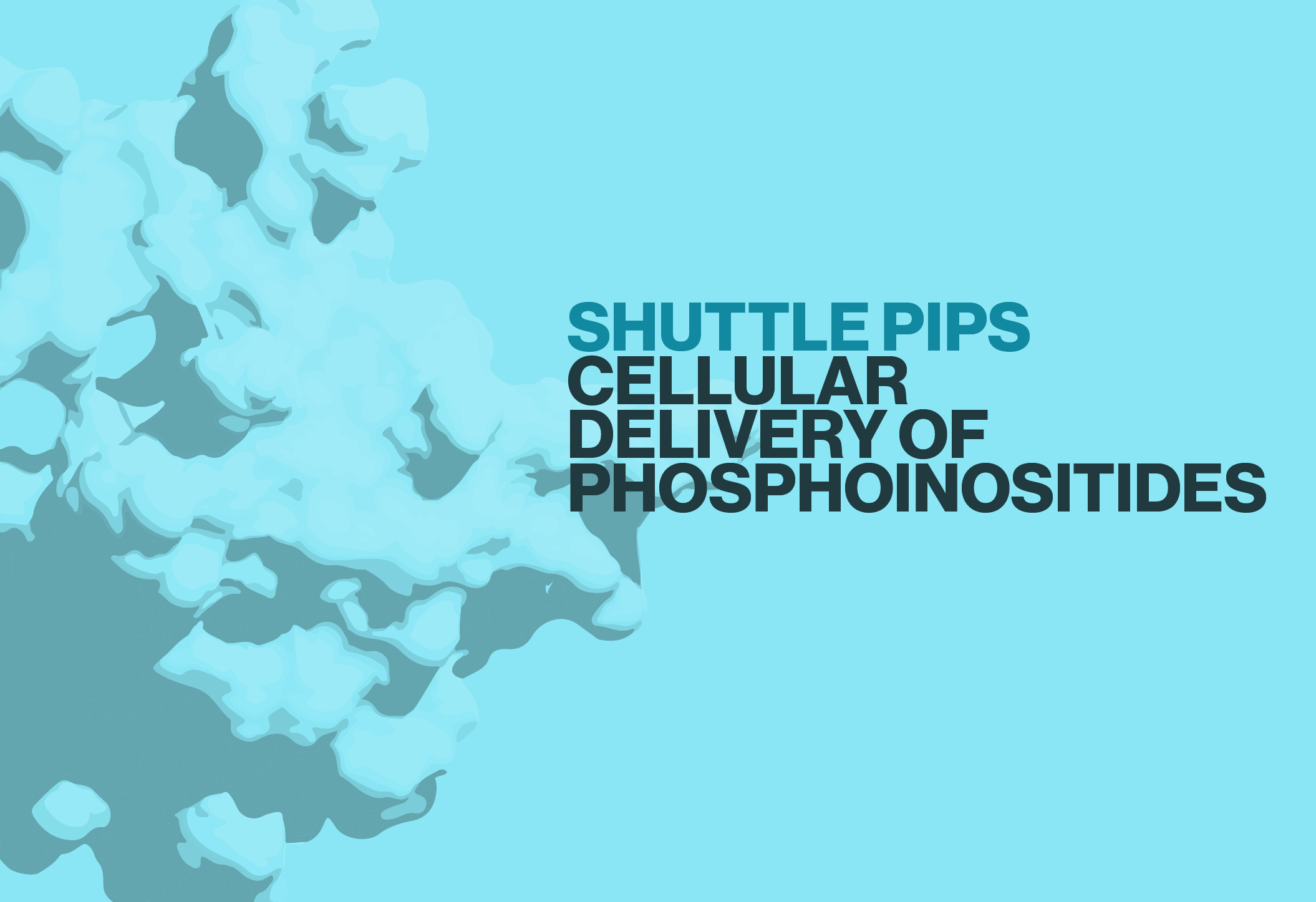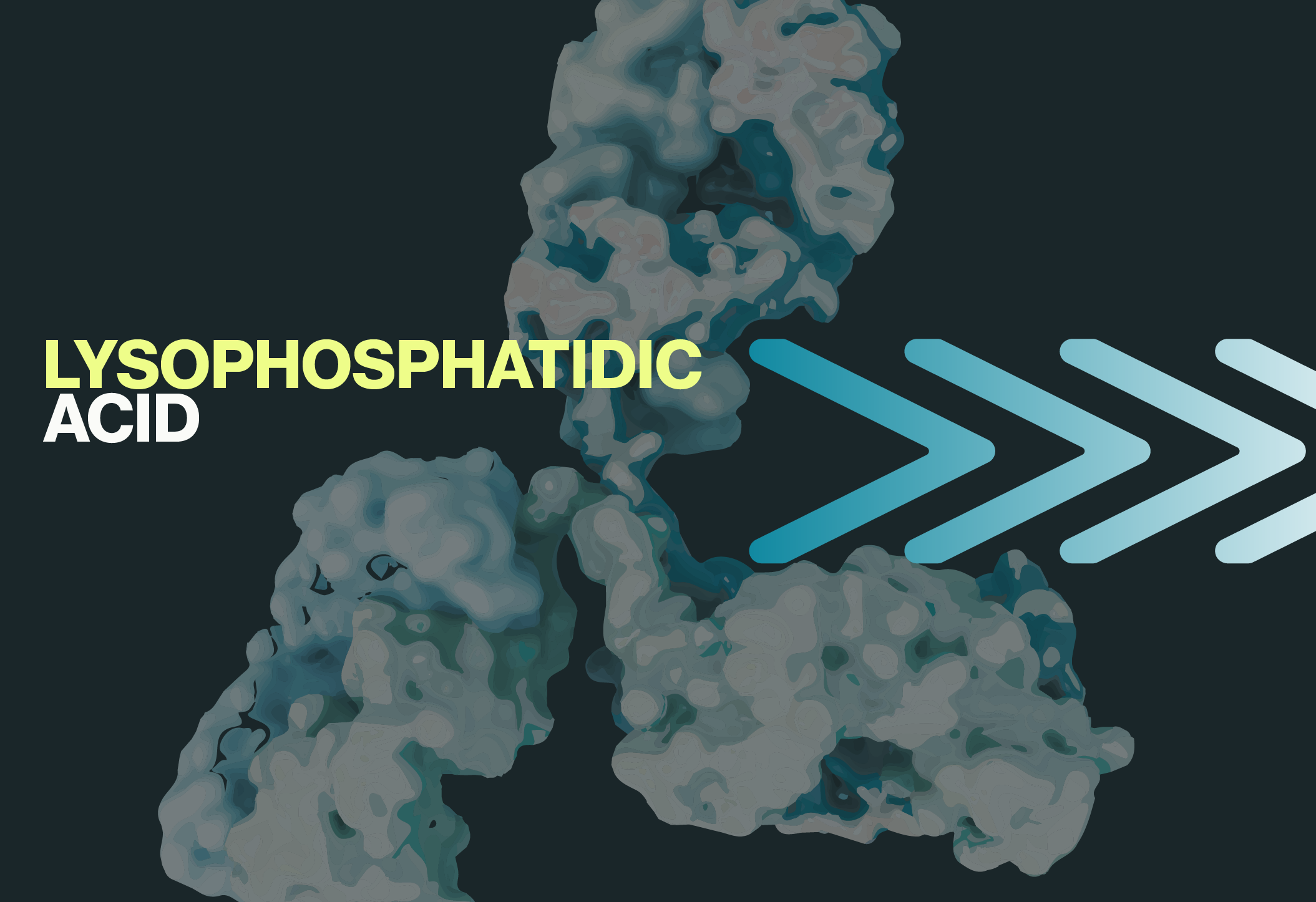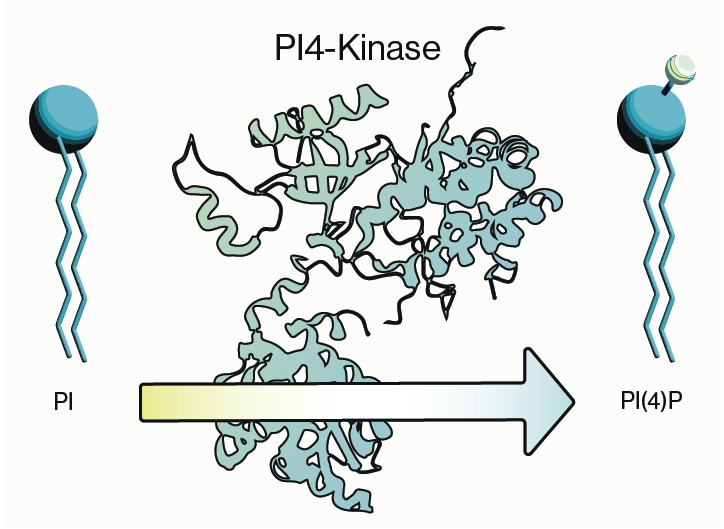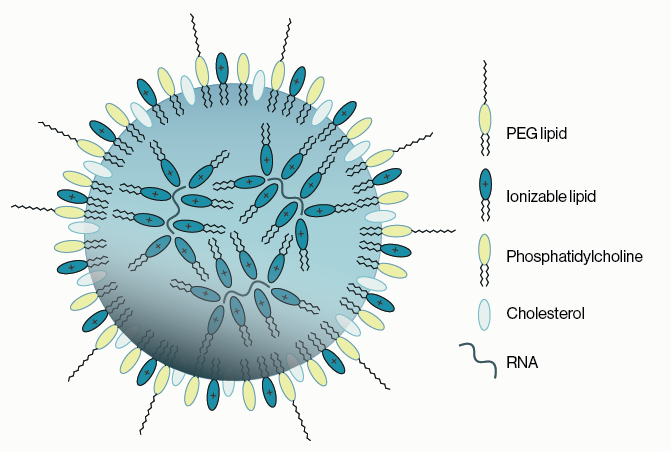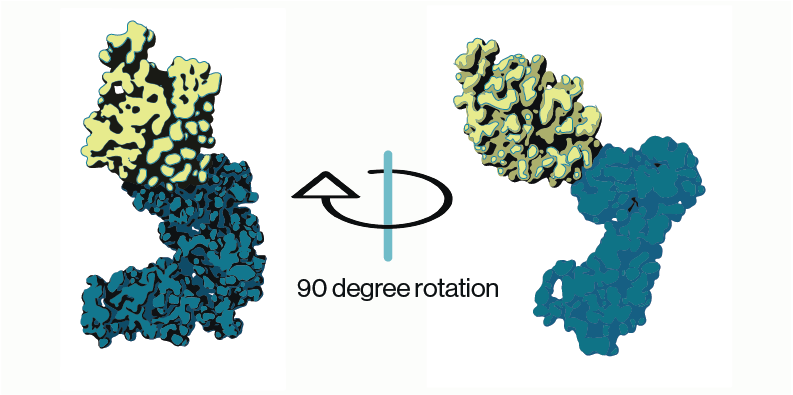The answer is... it depends on your samples. All three of Echelon’s hyaluronic acid (HA) assays are high-quality assays with low assay coefficient of variation (CVs), sensitive detection, and easy-to-use designs. The graphic below provides illustrations of the formats for each of our HA detection assays. Each of these assays has unique characteristics that suit them to specific sample types. These are discussed below.
HA is a multifunctional glycosaminoglycan produced in many organs and tissues with varying concentration and size (Table 1). Therefore, Echelon’s HA assays were developed to address different research questions. Customers often reach out to us in selecting the right assay for their study. So, I would like to dissect the best application of each Echelon’s HA assay. Hopefully, this blog will help you select the right assay for your next HA experiment. No time to read the full blog? Check out our HA Assay Comparison Chart for a quick comparison of our HA assays.
TABLE 1: HA CONCENTRATION AND MW DISTRIBUTION IN BIOLOGICAL SAMPLES
| SPECIES | SAMPLE TYPE | CONCENTRATION | MOLECULAR WEIGHT |
| Bovine | nasal cartilage | 1200 ug/g | |
| Human | aqueous | 1 ug/mL | |
| Human | articular cartilage | 500-2500 ug/g | >2000 kDa |
| Human | eye - vitreous | 200 ug/mL | |
| Human | knee joint | 2-3 mg/mL | |
| Human | lymph fluid | 0.1-18 ug/mL | mix, median 800 kDa |
| Human | milk | 200-800 ng/mL | 440 kDa |
| Human | organs | 1-100 ug/g | |
| Human | serum - healthy | 10-100 ng/mL | 100-300 kDa |
| Human | serum - hepatic cirrhosis | >46.5 ng/mL | |
| Human | serum - rheumatoid arthritis | 0.07-200 ug/mL | |
| Human | serum - ankylosing spondylitis | 7-13 ug/mL | |
| Human | serum - osteoarthritis | 0.01-2.3 ug/mL | |
| Human | serum - untreated cancer | 2-fold above normal | |
| Human | skin | 400-500 ug/g | 4000-6000 kDa |
| Human | urine | 100-300 ug/mL | low MW |
| Rabbit | cornea | 1.3 ug/g | |
| Rabbit | brain | 65 ug/g | |
| Rabbit | heart | 200 ug/g | |
| Rabbit | intestine (large) | 200 ug/g | |
| Rabbit | intestine (small) | 130 ug/g | |
| Rabbit | kidney | 103 ug/g | |
| Rabbit | muscle | 27 ug/g | |
| Rabbit | liver | 1.5 ug/g | |
| Rabbit | lung | 80-90 ug/g | |
| Rabbit | skin | 500 ug/g | 4000-6000 kDa |
Hyaluronan Enzyme-Linked Immunosorbent Assay (K-1200)
The HA ELISA is a competitive assay in which the HA within your sample competes with HA coated on a detection plate for binding to an HA Detector. Therefore, the colorimetric signal is inversely proportional to the amount of HA present in the sample. This assay has been widely used in the HA research community for the past 15 years with publications highlighting various samples types such as serum, urine, synovial fluid, cell culture media, among others. This assay can pick up all sizes of HA with concentrations as low as 40 ng/mL using 0.1 mL sample.
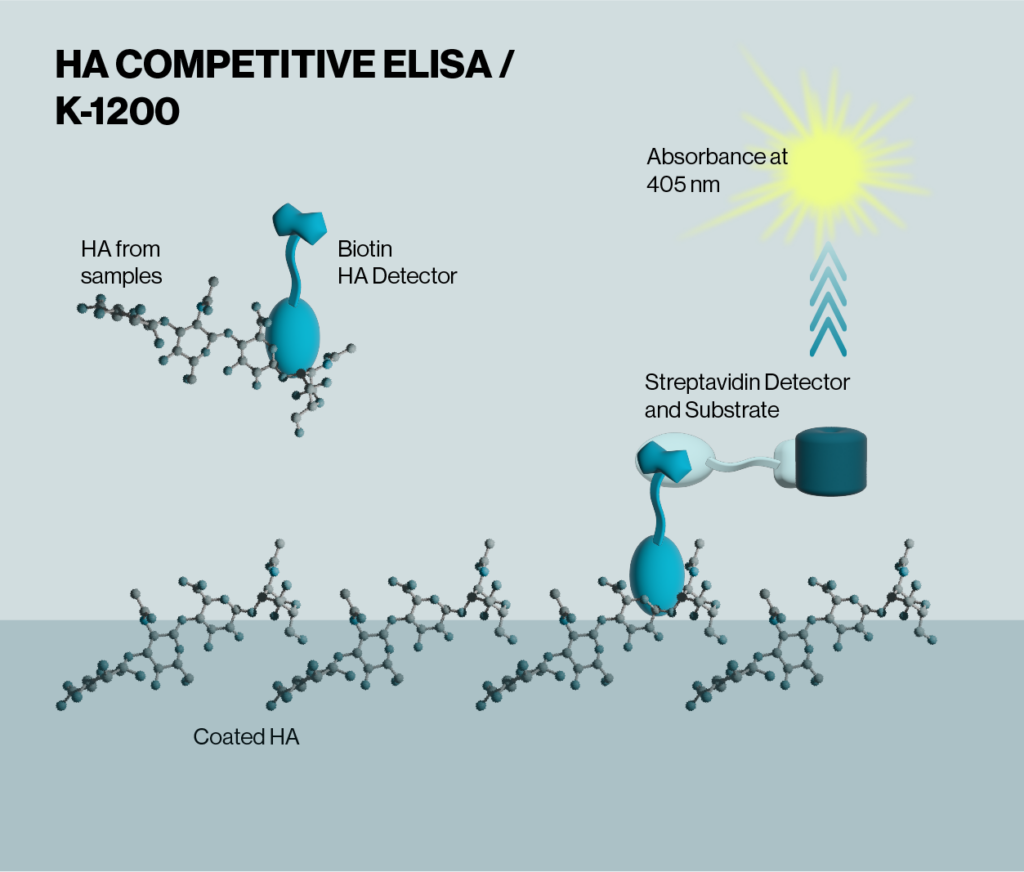
Best For: Samples that contains large MW range of HA
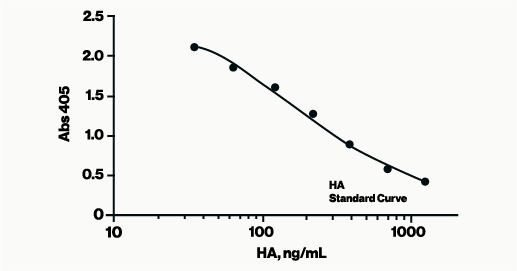
Hyaluronic Acid Sandwich ELISA (K-4800)
The HA Sandwich ELISA, as its name suggests, measures HA concentration between two layers of HA Detector. The HA from your sample is first captured by the HA Detector coated on the plate followed by detection with a labeled HA Detector. The sandwich assay format provides higher assay sensitivity. Due to the physical property of HA as a polymer (multiple binding sites), the sandwich ELISA is sensitive to HA size. This assay can pick up HA concentrations as low as 5 ng/mL with MW greater than 130 kDa using 10 µL.
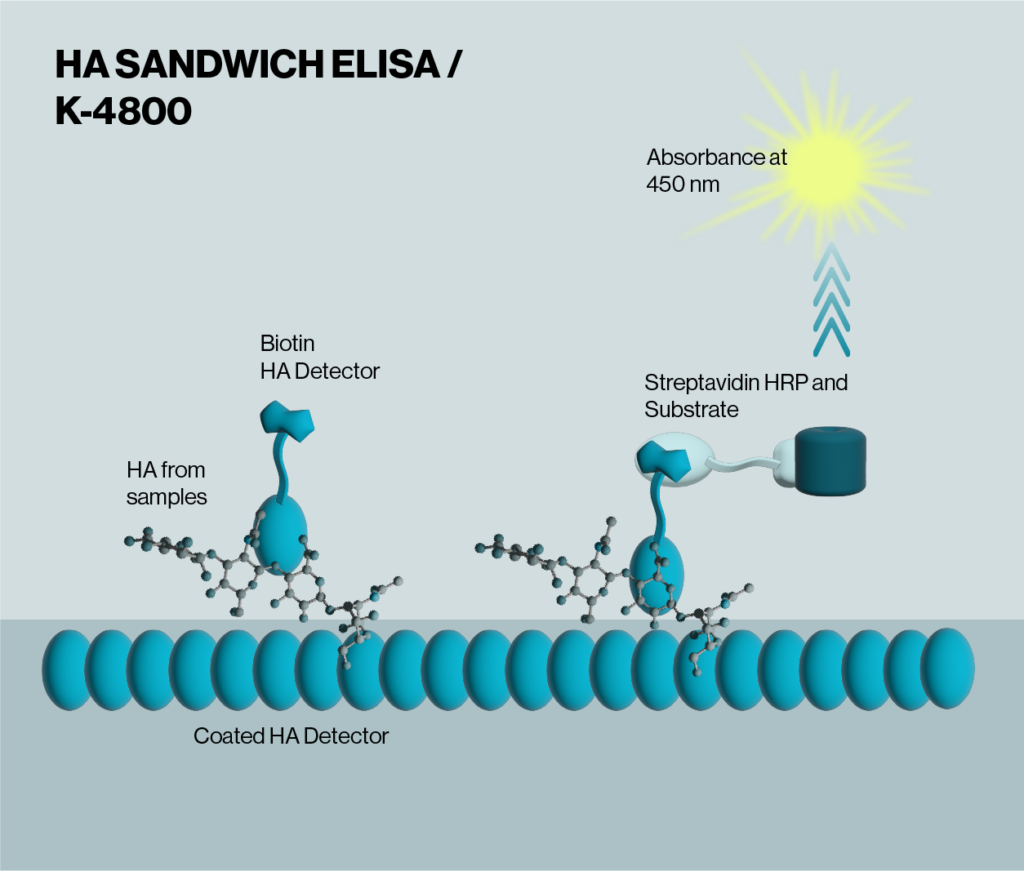
Best For: Samples that contain narrow MW range of HA with >130 kDa at low concentration
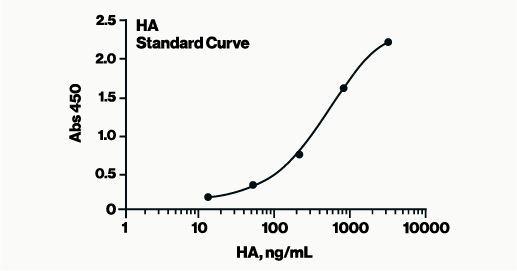
Hyaluronic Acid AlphaScreen Assay (K-5800)
The HA AlphaScreen Assay is a competitive, laser-excited, bead-based assay. The HA present in your sample competes with the Biotin-HA conjugated on donor beads for binding to the His-tag HA Detector conjugated on acceptor beads. Signal is generated when the donor and acceptor beads are within 200 nm. Therefore, when the Biotin-HA/HA Detector interaction is interrupted by the HA present in your sample, signal is no longer generated. The laser-excited, bead-based assay significantly increases assay sensitivity and reduces assay time to just 90 minutes by eliminating the washing steps. This assay can pick up all sizes of HA with concentrations as low as 20 ng/mL using just 5 µL of sample.
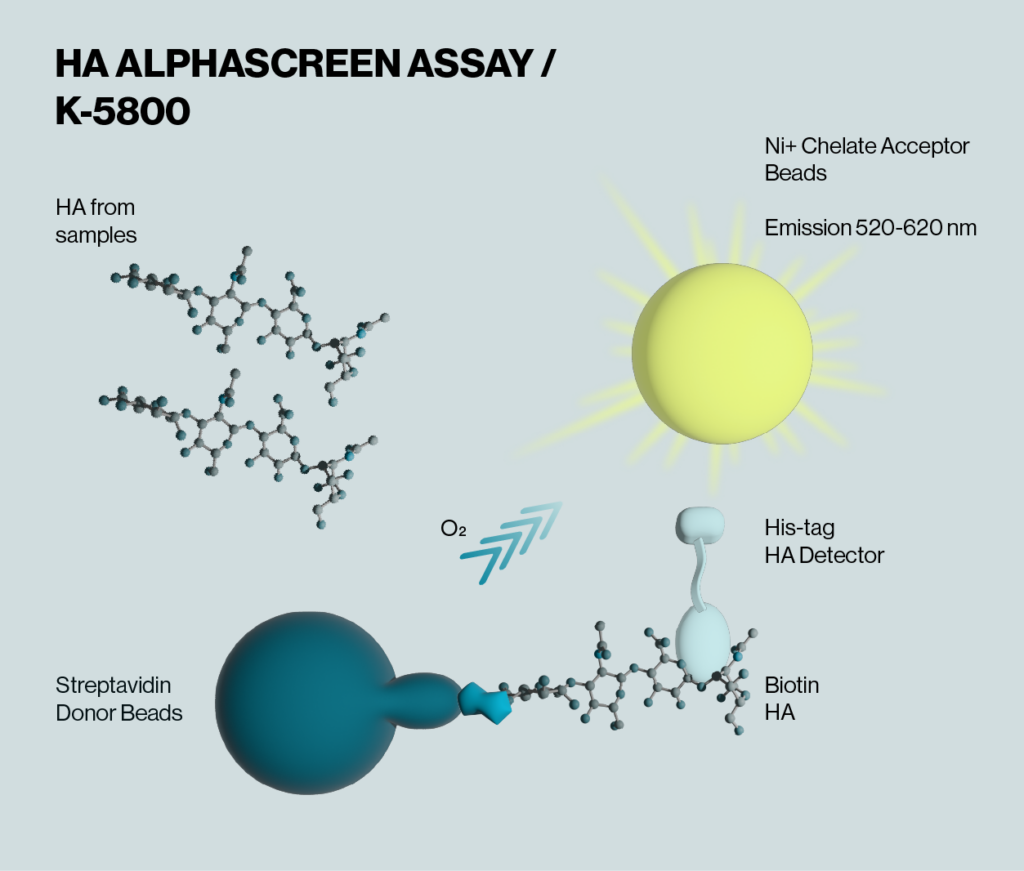
Best For: Samples that contain large MW range of HA at low concentration with limited sample volume
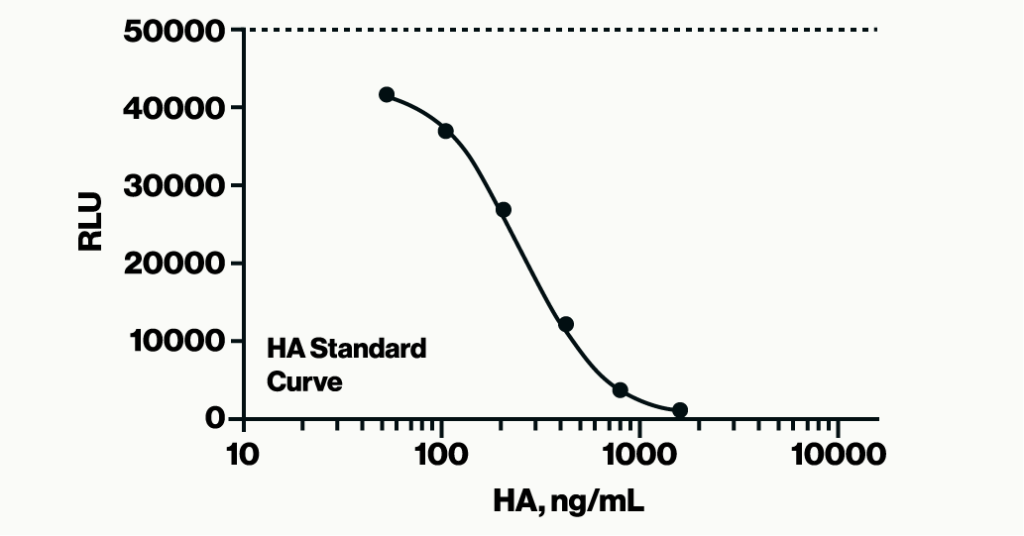
Still not sure which assay you should use? Contact our amazing technical support team and we will be happy help you select the right assay. No time to run the assay? No problem! We can run it for you too. Check out our assay service here.
Reference:
1. Cowman, M. K.; Lee, H. G.; Schwertfeger, K. L.; McCarthy, J. B.; Turley, E. A., The Content and Size of Hyaluronan in Biological Fluids and Tissues. Front Immunol 2015, 6, 261.
0.2
/ 0.3
Related Articles
Stay informed with our informative blog posts.
0.3
/ 0.3
Get in Touch
If you have any questions or would like to learn more about our services, feel free to reach out to us. We’re here to help!
Biosciences

